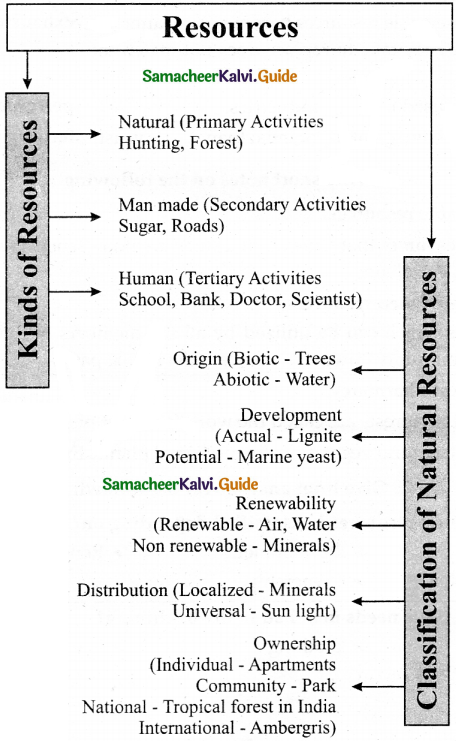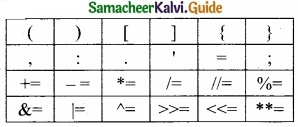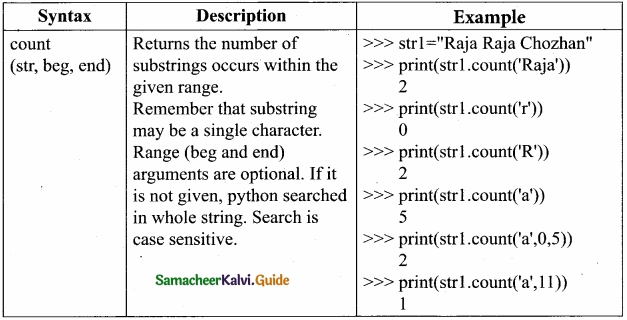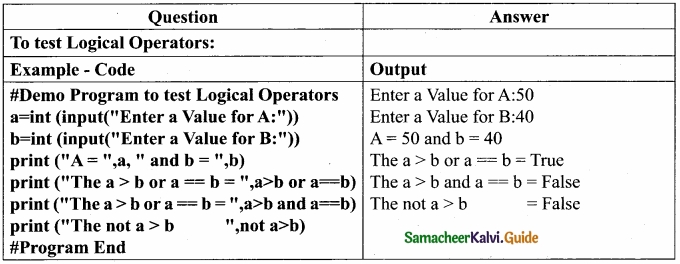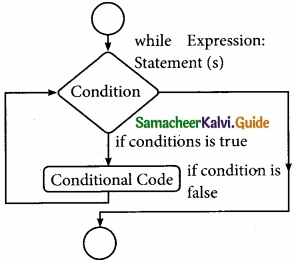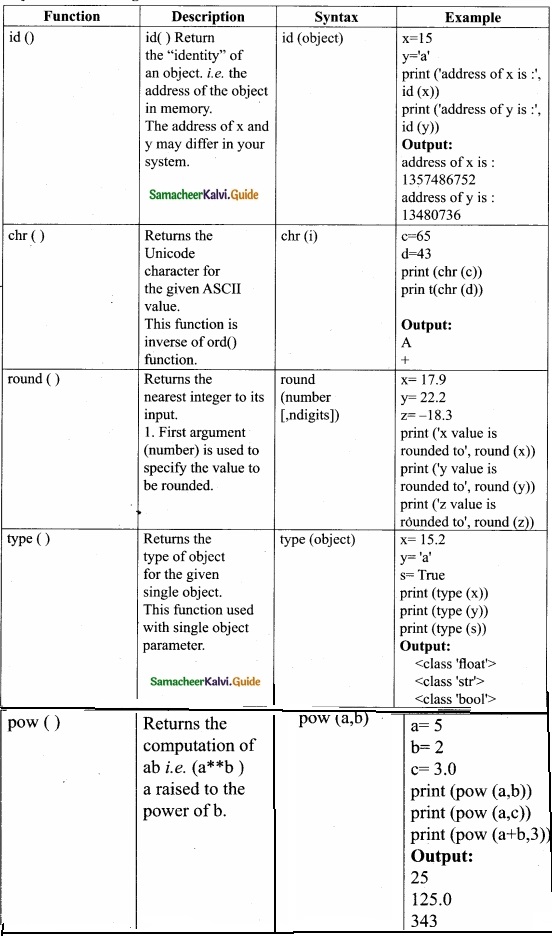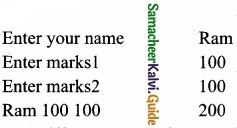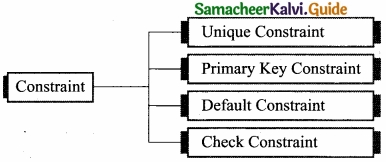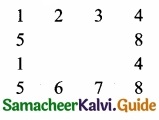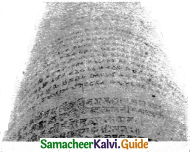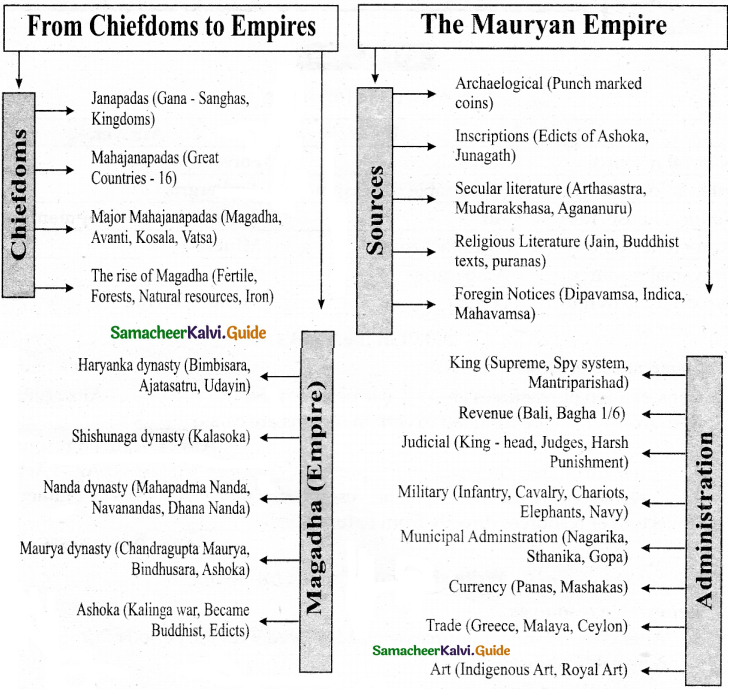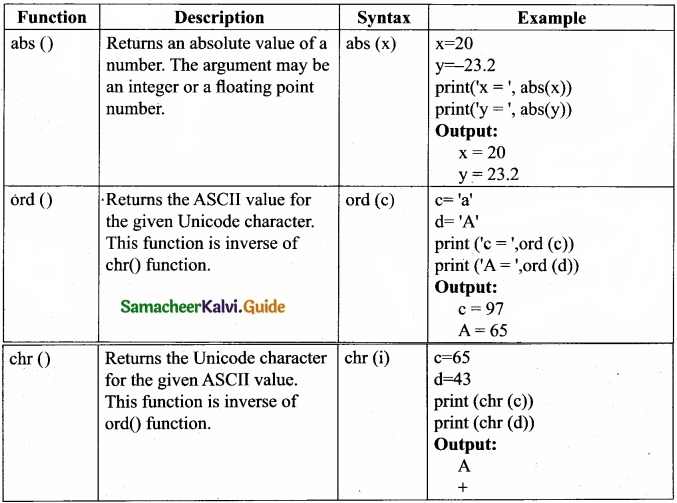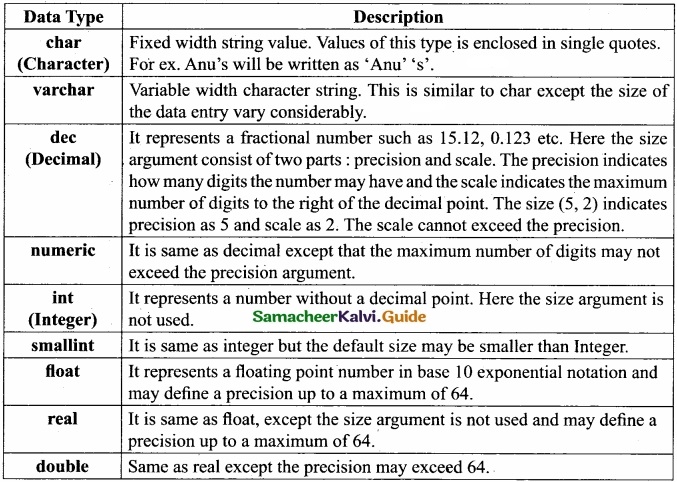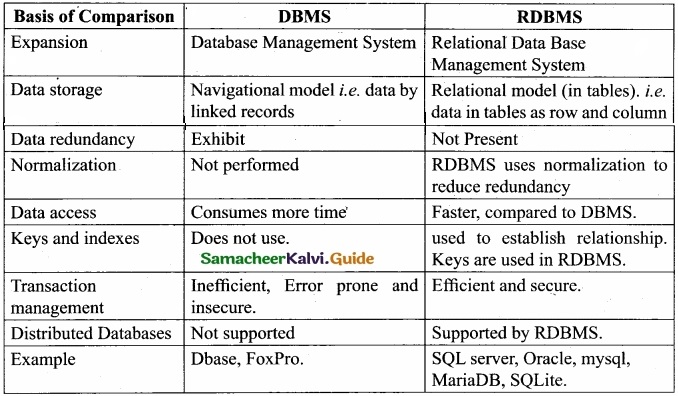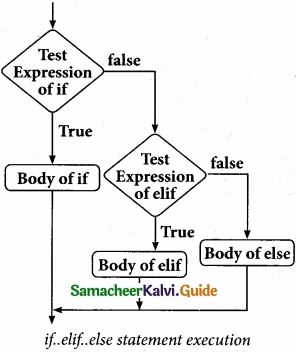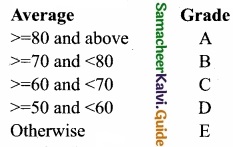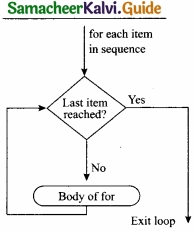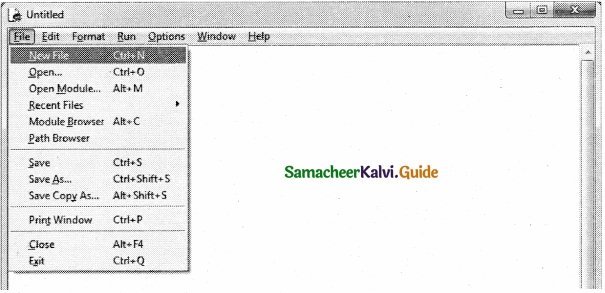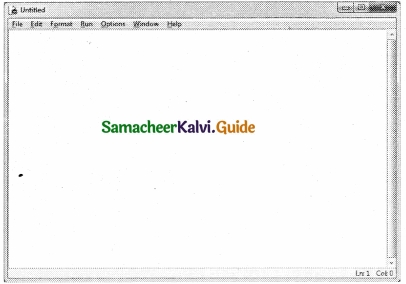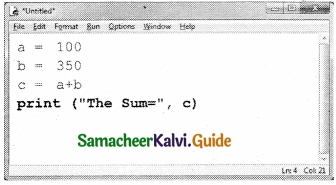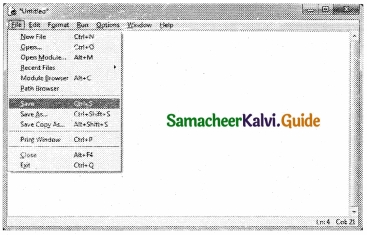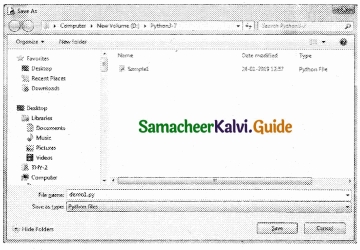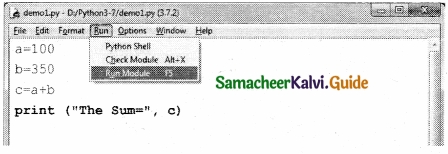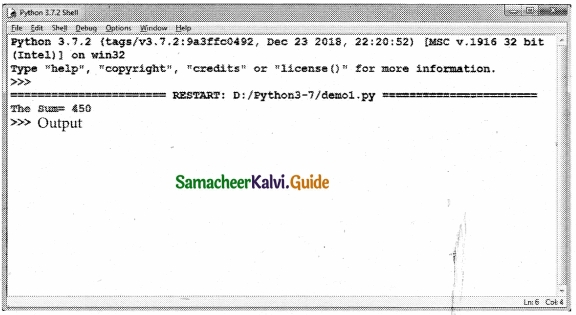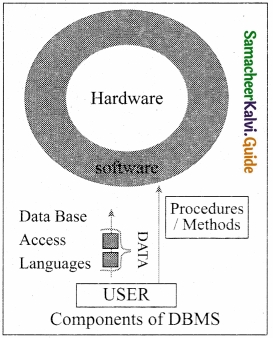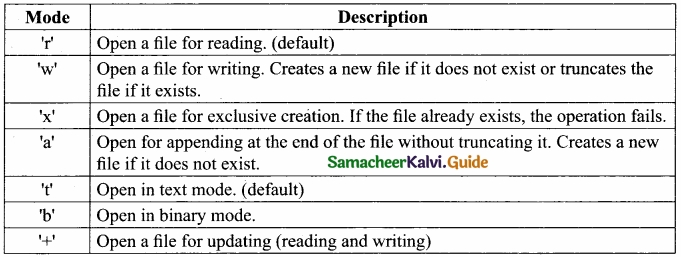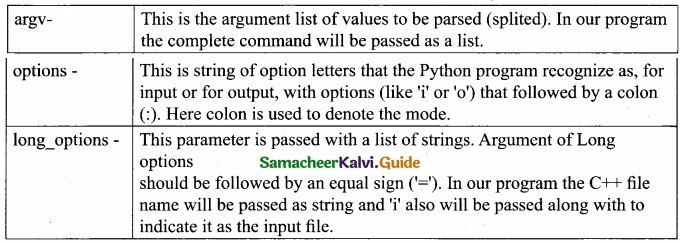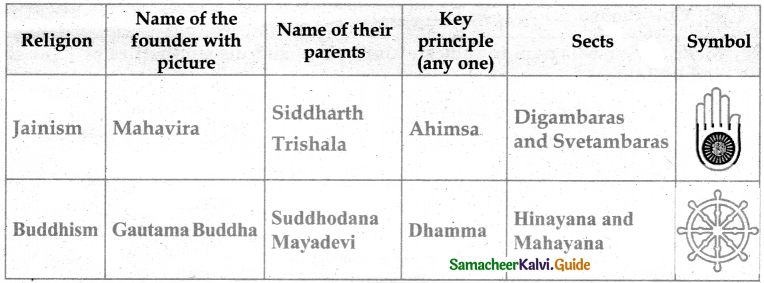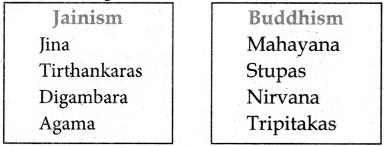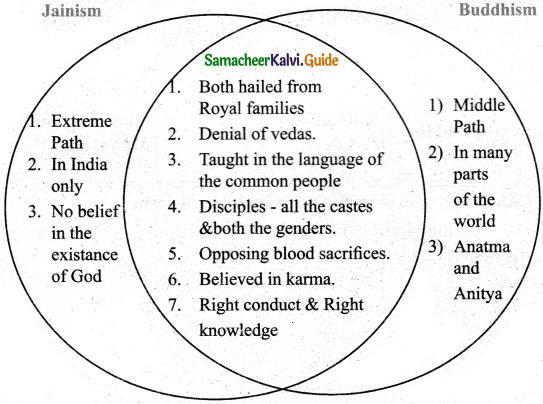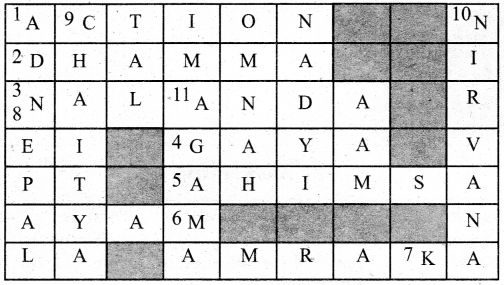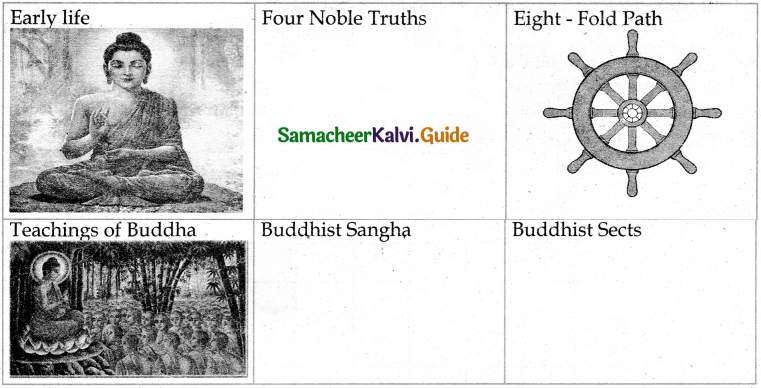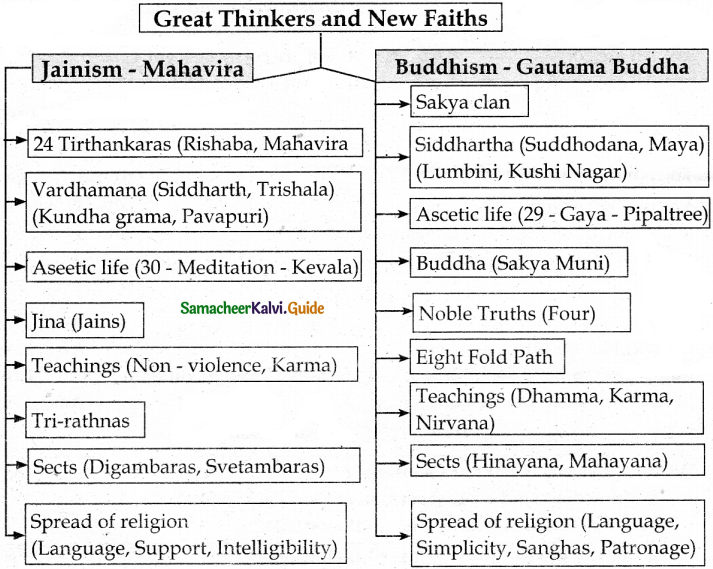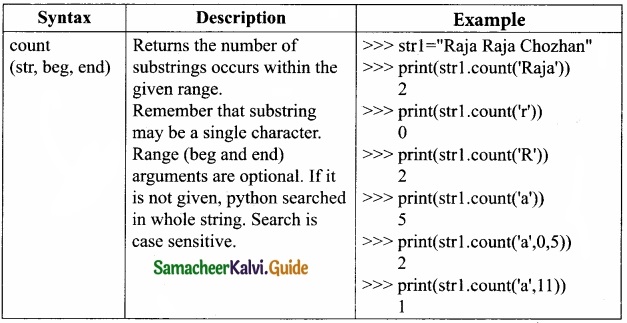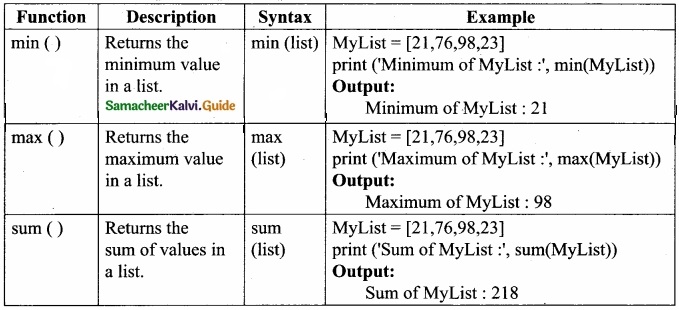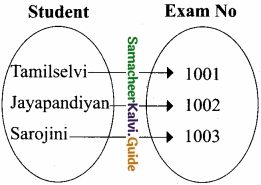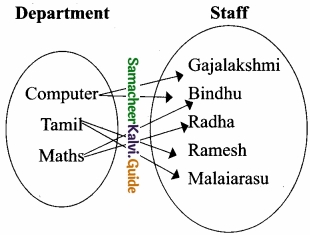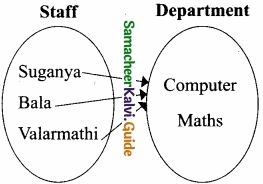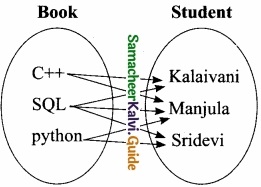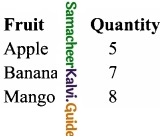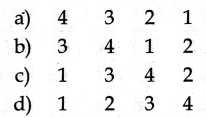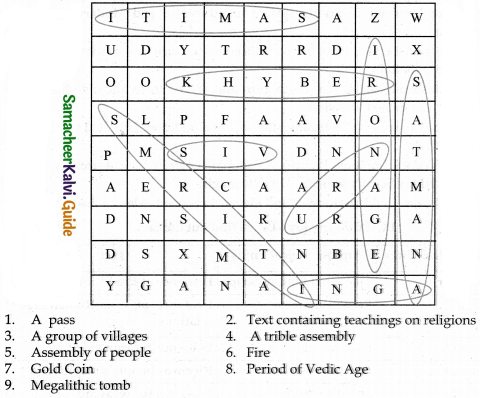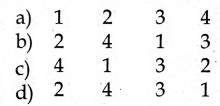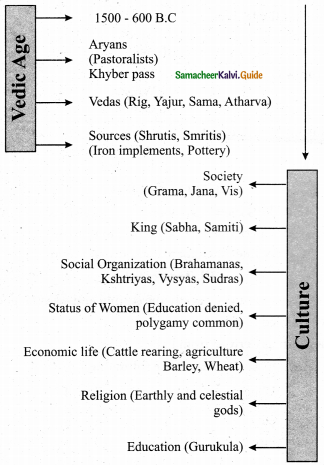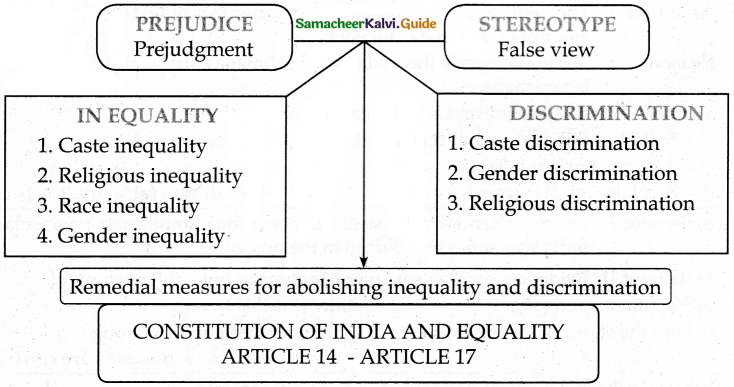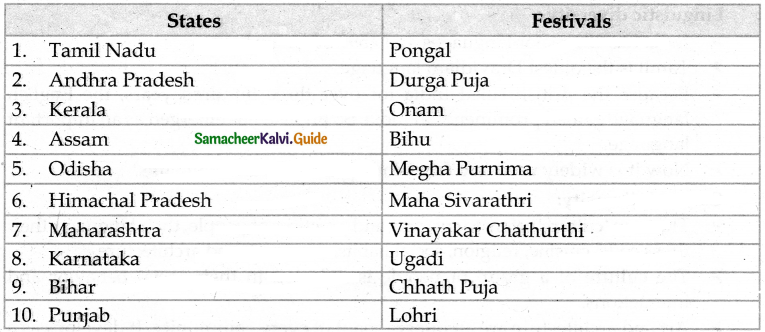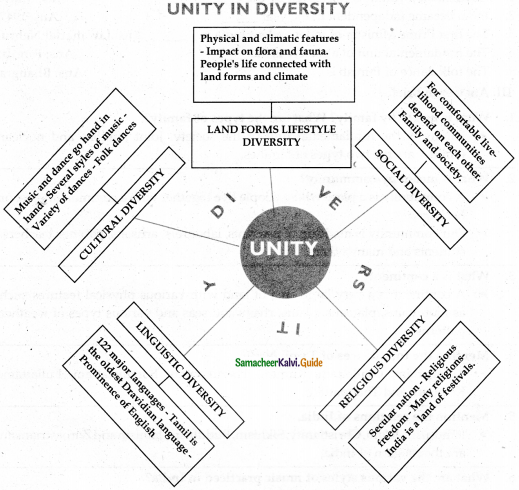Students can download 6th Social Science Term 2 Geography Chapter 1 Resources Questions and Answers, Notes, Samacheer Kalvi 6th Social Science Guide Pdf helps you to revise the complete Tamilnadu State Board New Syllabus, helps students complete homework assignments and to score high marks in board exams.
Tamilnadu Samacheer Kalvi 6th Social Science Geography Solutions Term 2 Chapter 1 Resources
Samacheer Kalvi 6th Social Science Resources Text Book Back Questions and Answers
A. Match the following

B. Fill in the blanks
- Sugarcane is processed to make ……………..
- Conservation of resources is …………….. use of resources.
- Resources which are confined to certain regions are called ……………..
- …………….. resources are being used in the present.
- …………….. resources are the most valuable resources.
- Collection of resources directly from nature is called ……………..
Answer:
- Sugar
- Careful
- Localized resources
- Actual
- Commercial
- Primary activities
C. Write short notes on the following
Question 1.
Renewable resources
Answer:
After consumption, resources can be renewed with the period of time is called renewable resources.
Example: Air, Water, Sunlight
![]()
Question 2.
Human resources.
- Human resources are groups of individuals who use nature to create more resources.
- Though human beings are basically natural resources, we classify human beings separately.
Question 3.
Individual resources.
Answer:
- Individual resources are resources privately owned by individuals.
- Example: Apartments
Question 4.
Tertiary activities.
Answer:
Tertiary activities are basically concerned with the distribution of primary and secondary products through a system of transport and trade.
(e.g.) Banking, Trade, and Communications.
D. Give brief answers for the following
Question 1.
What are the resources?
Answer:
- The resource is anything that fulfills human needs. When anything is of some use it becomes valuable.
- All resources have value.
- The value can be either commercial or non-commercial.
Question 2.
What are the actual resources?
Answer:
Actual resources are resources that are being used and the quantity available is known, (eg) Coal mining at Neyveli Lignite Corporation.
![]()
Question 3.
Define abiotic resources.
Answer:
Abiotic resources are non-living things. Land, Water, Air, and Minerals are abiotic resources.
Question 4.
What is sustainable development?
Answer:
- Development is necessary without affecting the needs of future generations.
- If the present needs of resources are met and the conserving of resources for the future is balanced, we call it sustainable development.
E. Give short answers to the following questions
Question 1.
Differentiate universal and localized resources.
Answer:
Universal Resources
- Universal resources are present everywhere.
- Eg. Sunlight and air
Localized Resources
- Localized resources are present in specific regions.
- Eg. Minerals
Question 2.
Though human beings are natural resources, why are they classified separately?
Answer:
- Though human beings are basically natural resources, we classify human beings separately.
- Education, health, knowledge, and skill have made them valuable resources. Eg. Doctors, Scientists, and Teachers
![]()
Question 3.
Compare National and International Resources.
Answer:
National resources
- National resources are resources within the political boundaries and oceanic areas of a country.
- Eg. Tropical Forest Region of India
International resources
- International resources are all oceanic resources found in the open ocean. Resources found in the region can be utilized only after an international agreement.
- Eg. Ambergris.
Question 4.
What is the difference between man-made resources and human resources?
Answer:
Man-made resources
- Natural resources are modified or processed by technology into man-made resources.
- Eg. Sugarcane processed to get Sugar
- All structures built by man can also be called man-made resources.
- Eg. Bridges, Houses, Road.
Human Resources
- Human resources are groups of individuals who use nature to create more resources.
- Through human beings are basically natural resources, we classify human beings separately.
- Education health knowledge and skill have made them a valuable resource.
- Eg. Doctors, Teachers, Scientists.
![]()
Question 5.
Write the Gandhian thought on conservation of resources.
Answer:
Mahatma Gandhi blamed “human beings” for the depletion of resources because of
- overexploitation of resources
- Unlimited needs of human beings. So, conservation is very important.
F. Give detailed answers to the following questions. (100 – 120 words)
Question 1.
How are natural resources classified? Explain any three with examples.
Answer:
Natural resources are classified according to theirs.
- Origin
- Development
- Renewability
- Distribution
- Ownership
Question I.
On the basis of origin – Biotic Resources and Abiotic Resources
Answer:
- All living resources are Biotic resources. Example: Plants, Animals, Microorganisms.
- Non-living resources are abiotic resources. Example: Land, Water, Air, Minerals
Question II.
On the basis of development – Actual Resources and Potential Resources
Answer:
- The resources that are being used at present are Actual resources. The quantity is known. Example: Coal at Neyveli.
- The resources that are not utilized at present are potential resources. The quantity and location are not known.
- Example: Marine yeast (in the Bay of Bengal and the Arabian Sea)
Question III.
On the basis of Renewability – Renewable Resources and Non – renewable Resouces?
Answer:
- After consumption, resources can be renewed with the period of time is called renewable resources. Example: Air, Water, Sun Light
- Natural resources that have limited stock are non – renewable resources. Example: Coal, Petroleum, Natural gas, Minerals
![]()
Question 2.
How can resources be conserved?
Answer:
- Careful use of resources is the conservation of resources.
- Due to the rapid increase in population the resources are being utilized at a very fast rate.
- To avoid this we need sustainable development. Sustainable development can take place when
-
- Wastage and excess consumption is prevented
- Reusable resources are recycled
- Pollution is prevented
- Environment is protected
- Natural vegetation and wildlife are preserved.
-
- The easiest way to conserve resources is to follow the “3R”s: Reduce, Reuse, and Recycle.
Question 3.
What is resource planning and why is it necessary?
Answer:
- The technique or skill of proper utilization of resources is Resource Planning. Resource Planning is necessary because
- Resources are limited and we have to use them properly. Also, we have to save the resources for our future generation.
- Resources are unevenly distributed over the different parts of the world.
- It is also essential for the production of resources to protect them from overexploitation.
Question 4.
Explain Primary secondary and tertiary activities.
resources, (eg.) Sunlight and air.
(a) Primary Activities
- They are concerned with the production of raw materials for foodstuff and industrial use.
- Primary activities include agriculture, cattle rearing, fishing, mining, collection of fruits, nuts, honey, rubber, resin, and medical herbs, etc.
(b) Secondary Activities
- The raw materials obtained from the primary activities are converted into finished products through machinery on a large scale.
- These activities are called secondary activities.
(c) Tertiary activities:
- Tertiary activities are basically concerned with the distribution of primary and secondary products through a system of transport and trade.
- (Eg): Banking, Trade, and communication.
G. Statements and inferences
Question 1.
Statement: Solar energy is the best substitute for thermal energy in tropical regions.
Inference 1: Coal and petroleum resources are receding.
Inference 2: Solar energy will never deplete.
Now choose the right answer.
(a) Only conclusion 1 follows
(b) Only conclusion 2 follows
(c) Neither 1 nor 2 follows
(d) Both 1 and 2 follow
Answer:
(d) Both 1 and 2 follow
![]()
Question 2.
Statement : If you don’t conserve resources, the human race may become extinct.
Inference 1 : You need not conserve resources.
Inference 2 : You need to conserve resources.
Now choose the right answer.
a) Only conclusion 1 follows.
b) Only conclusion 2 follows,
c) Neither 1 nor 2 follows.
d) Both 1 and 2 follow.
Answer:
(b) Only conclusion 2 follows
Question 3.
Statement : Man switched over to agriculture.
Inference 1 : Food gatherers experienced scarcity of food.
Inference 2 : Food gathered was not nutritious.
Now choose the right answer.
(a) Only conclusion 1 follows
(b) Only conclusion 2 follows
(c) Neither 1 nor 2 follows
(d) Both 1 and 2 follow
Answer:
(a) Only conclusion 1 follows
H. Given are three suggestions to conserve resources: Write the 3Rs in suitable places.
- Giving your childhood cycle to your neighbour
- Using a flush that consumes less water
- Melting used plastic to lay roads
Answer:
- Reuse
- Reduce
- Recycle
I. Cross word puzzle
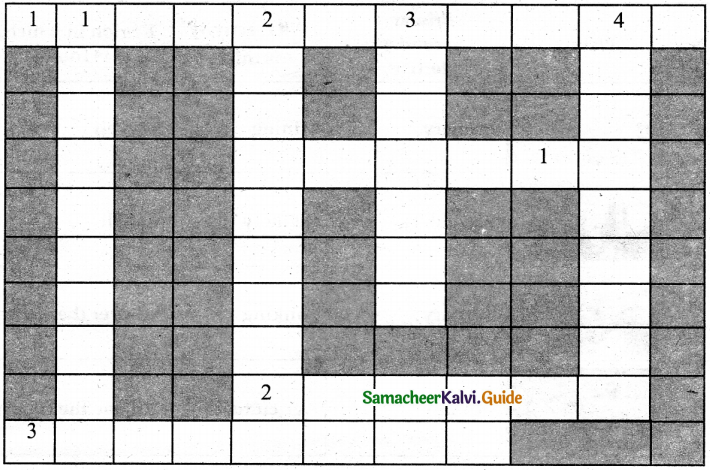
Across left to right:
- A development that balances time
- Energy from the sun
- All resources that belong to a country
Down:
- A resource found everywhere
- An international resource
- A resource provided by nature
- A resource restricted to specific areas
Across right to left:
- One of the 3Rs
Answer:
Across left to right :
- SUSTAINABLE
- SOLAR
- NATIONAL
Down:
- UNIVERSAL
- AMBERGRIS
- NATURAL
- LOCALIZED
Across right to left:
- REUSE
K. Identify the different economic activities and fill the table given below
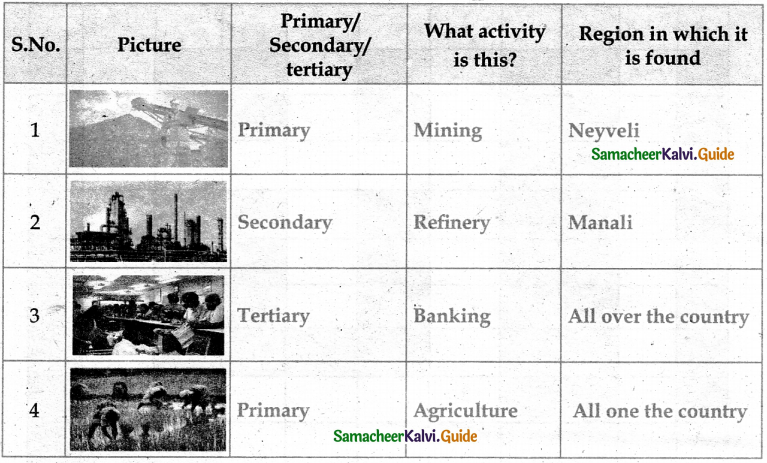
L . Teacher’s Activities
- Observe “Save Energy Day” Once a month at school/class level
- Try making wall hangings with waste materials to decorate your school corridors.
- Find out if there are any industries near your school. A field trip may be arranged.
- Collect pictures based on
- Fishing
- Hunting
- Food – gathering
- Forestry
- Mining
- Agriculture
- Cattle – rearing
- Lumbering
Samacheer Kalvi 6th Social Science Resources Additional Important Questions and Answers
A. Fill in the blanks Answer
- ……………… are two important factors that determine Time and Technology whether a substance is a resource or not.
- All resources that have been directly provided by Natural resources nature are called ………………
- Man mined precious metals simultaneously for making ………………
- The non – renewable resources become ……………… after use and the time they take to replace does not match the life cycle.
- Ambergris is used in ……………… industries.
- Marine yeast has greater potential than ……………… yeast.
Answer:
- Time and Technology
- Natural resources
- ornaments
- exhausted
- perfume
- terrestrial
B. Write short notes on the following
Question 1.
Non – renewable resources.
Answer:
- Natural resources that have limited stock are non – renewable resources.
- Example: Goal, Petroleum
Question 2.
Community-owned Resources.
Answer:
- Community-owned resources are resources which can be utilised by all the members of the community.
- Eg. Public Parks.
![]()
Question 3.
World’s largest Pharmacy.
Answer:
- Tropical rain forests are called the world’s largest pharmacy.
- 25% of the natural vegetation are medicinal plants. Example: Cinchona.
C. Give brief answers for the following
Question 1.
How can natural resources be classified depending on?
Answer:
- Origin
- Development
- Renewability
- Distribution
- Ownership
Question 2.
What is an abiotic resource?
Answer:
- Abiotic resources are non-living things.
- Land, Water, Air, and minerals are abiotic resources.
D. Mind Map
